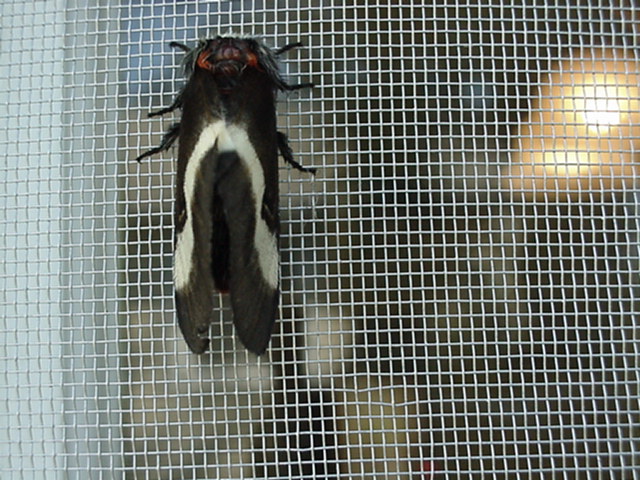Clover Looper
Saturday, January 5th, 2008
Clover Looper moth, Caenurgina crassiuscula
Calvert Vaux Park, Brooklyn, NY, 2007-09-20
Calvert Vaux Park (nee Dreier-Offerman) is one of the little-known jewels in Brooklyn. Although small, it has one of the most diverse batches of fauna over the year anywhere in Kings County. Sadly it’s going to be “improved” in the near future with astroturf and various other items designed to make it a “destination park”.

